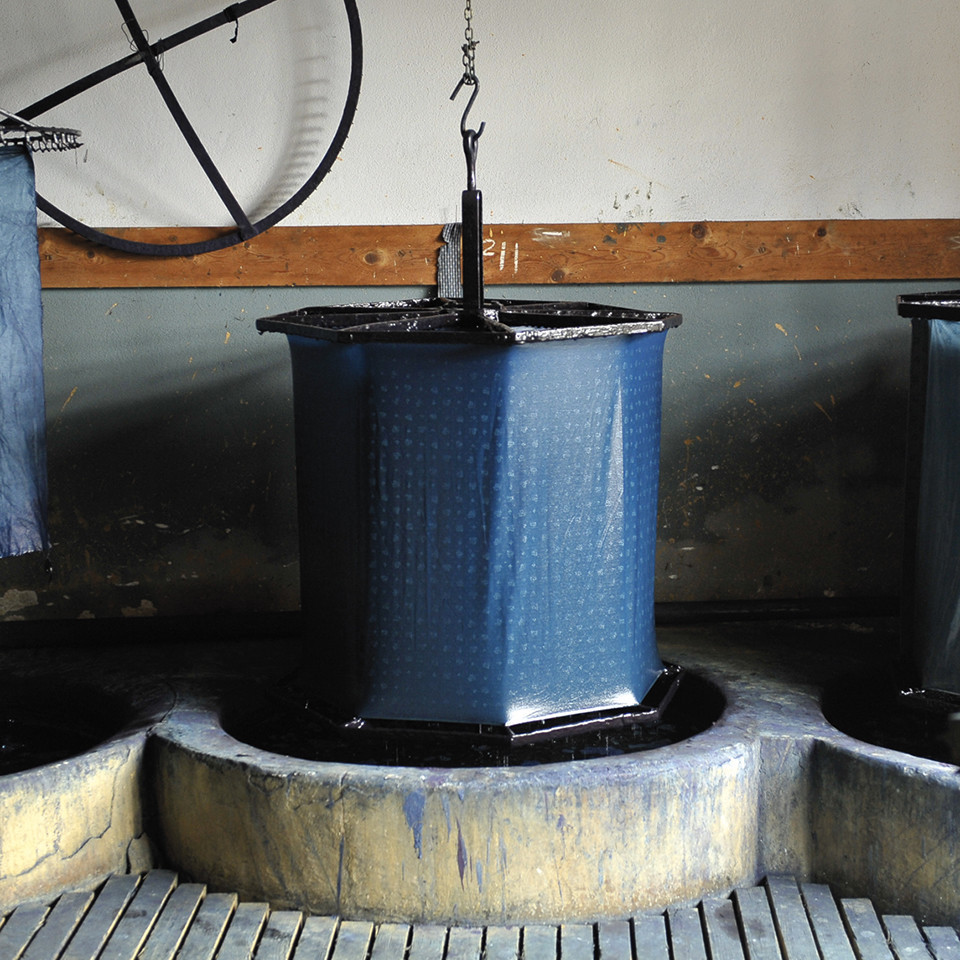
Sustainable
cleaning hacks
Text by Mirjana Bernstorf
The good news is that even if your laundry basket is overflowing, it’s not a sign that you’ve lost control of the household. In fact, says Corinna Williams from the ultra-hip laundromat Celsious in Brooklyn, you’ve done everything right. She explains why and shares her three top hacks for more sustainable washing, which detergents are good for our clothes and the environment, and how to cut back on the resources we use.
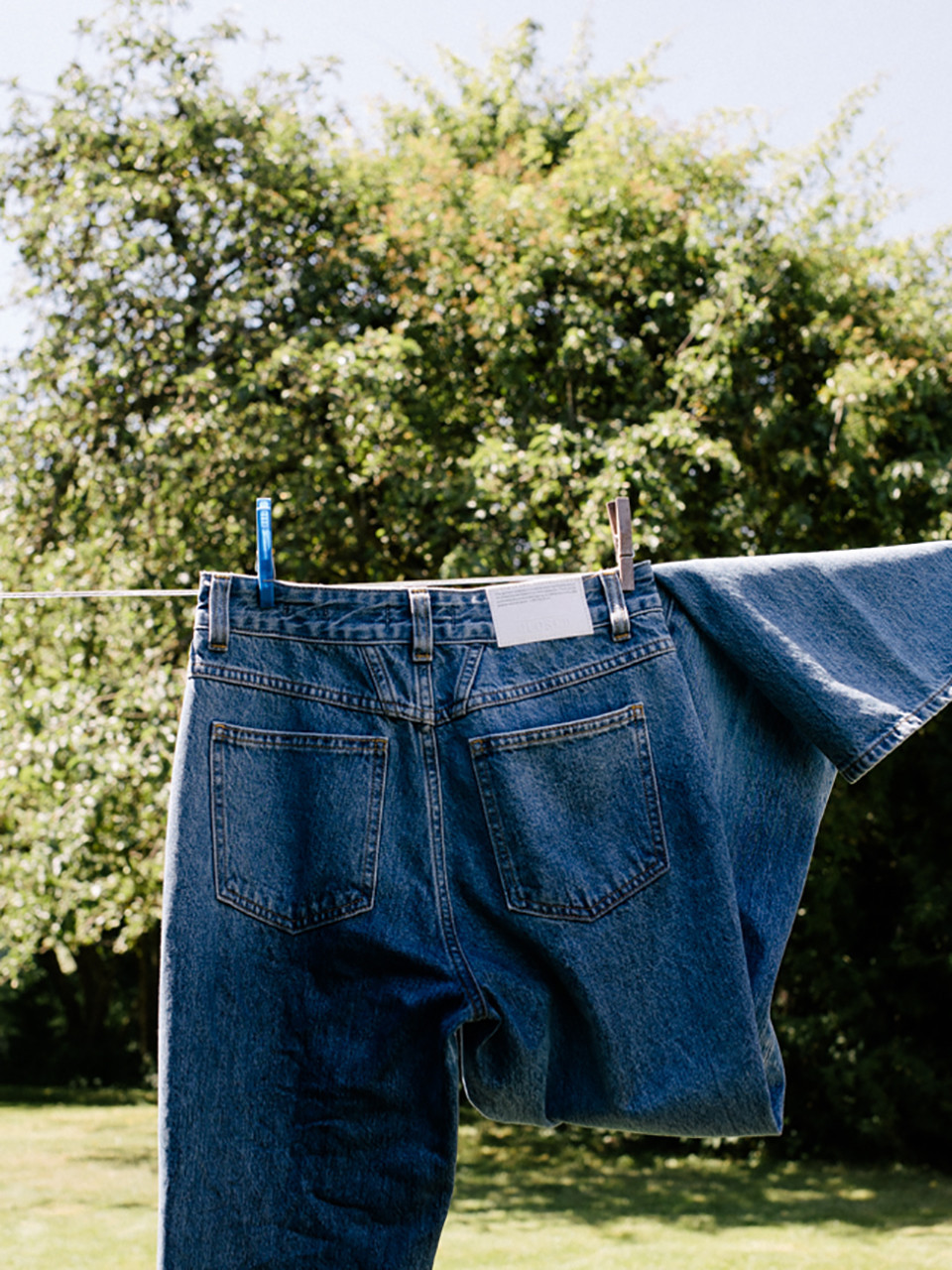
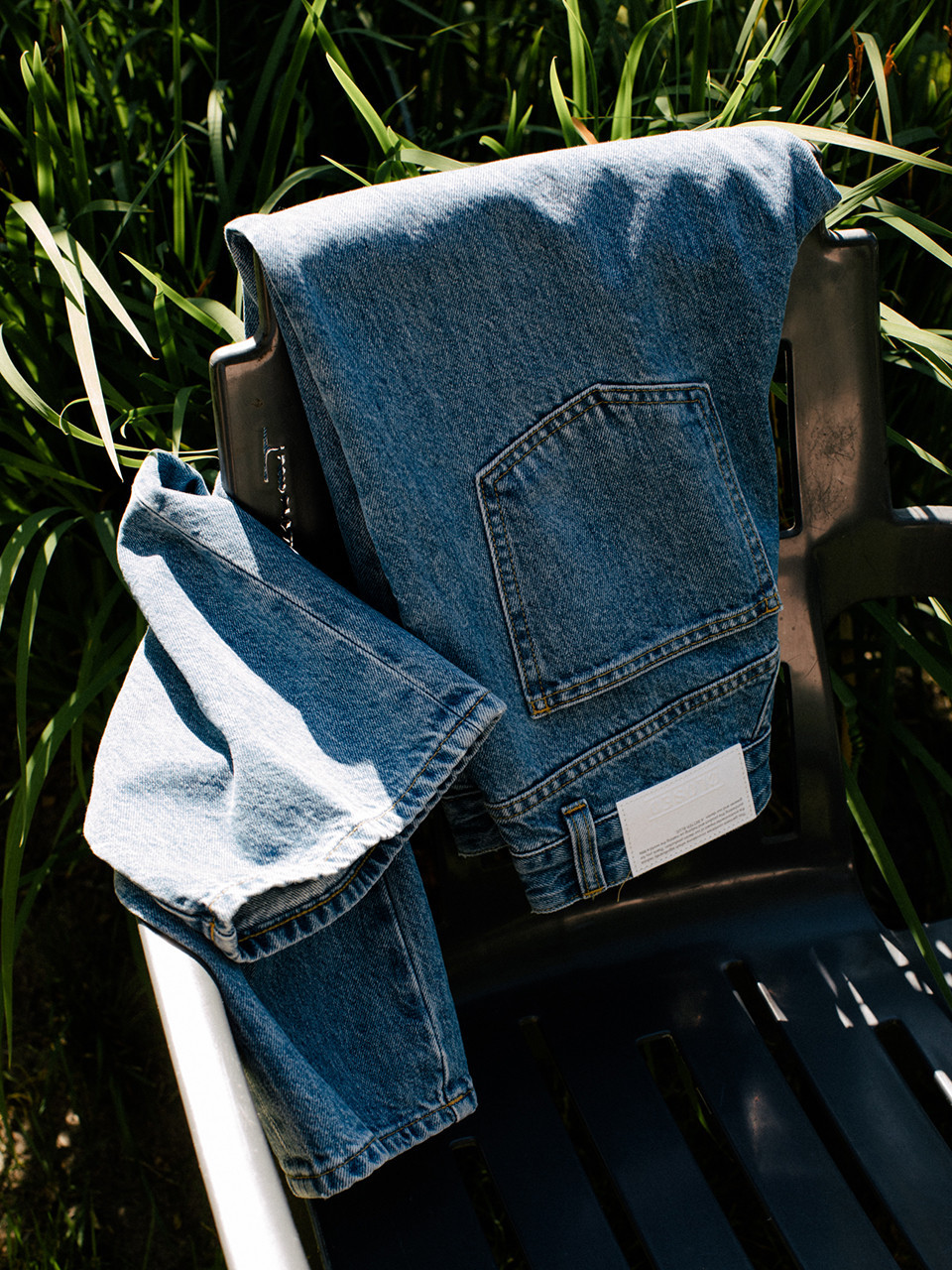
A cleaner clean
Appalled at how dull and dingy most New York laundrettes were, sisters Corinna and Theresa Williams decided to open their own laundromat in 2017 in Williamsburg. In doing so, they casually revolutionised the business. In place of bright neon strip lights and battered machines, Celsious has inviting spaces, the most energy-efficient washers and used to have a popular café. Before the pandemic took off, people would come here to sip a Coco-Matcha, hold meetings or even do yoga while their laundry happily tumbled. For HARD COPY, the inspirational sisters share their three best hacks for truly sustainable washing and some laundry-related insight.
3 cleaning hacks
CLOSED × DFNS Denim Spray
We teamed up with DFNS to create our own biodegradable, water based denim spray. The laundry spray refreshes, reshapes and revives your denims – without requiring washing.

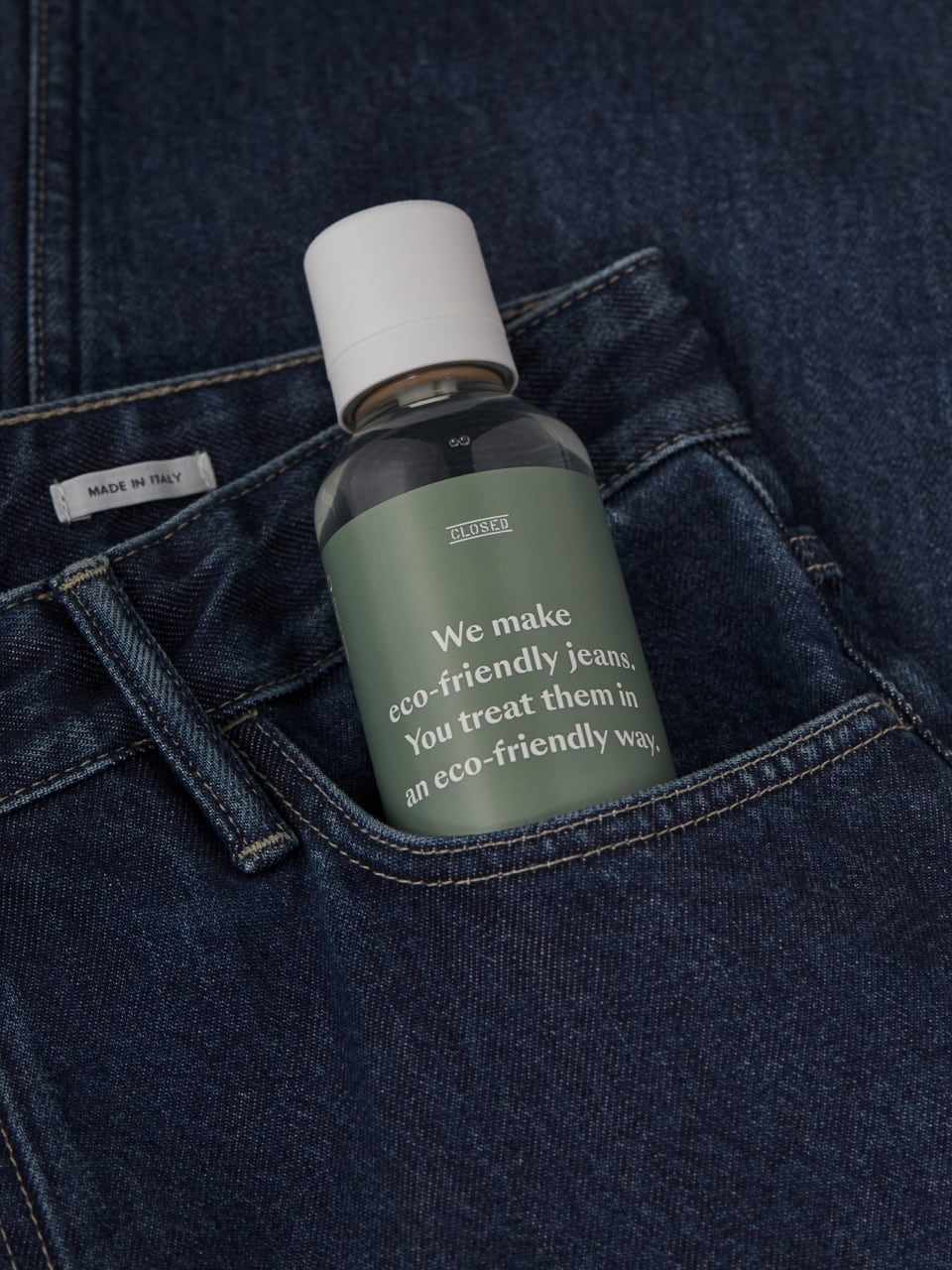
Fight the stains
What’s really important is that you tackle the stain as quickly as possible before it has time to really sink in. If you haven’t got any stain remover then at least rinse the spot with water. What you do next depends on what kind of stain it is: treat fatty stains (oil, chocolate, make-up) with a soap product like our Wunderbar or gall soap. Dampen the spot, rub on the soap, ideally with a toothbrush or a stain brush and then pop it in the machine (take care with delicate fabrics). Skip this step for delicate textiles like wool or silk. Do not scrub, but instead pre-treat those with a stain spray and hand wash after. For acidic stains (fruit, tea, coffee) it’s best to rinse the spot with white vinegar and then rinse in water. Red wine or blood? Put an oxy-product like our Supersalt on the damp stain, add some water until it forms a grainy paste, leave for ten minutes and then rinse thoroughly.
Cleaning essentials
Text by Mirjana Bernstorf
The moment the first rays of the sun hint at warmer temperatures and we start thinking about ditching the thick alpaca jumper in favour of a thinner jacket is when it’s time to treat your wardrobe to a refresher session. We’ve put together a list of tips and products to help you with garment care. A new spring laundry routine awaits with much more fun and less hassle.


Cleaning hacks
Different materials
Cleaning essentials
Text by Mirjana Bernstorf
Anyone who has ever rushed to protect their leather handbag by putting it under their raincoat in a shower or has a passion for polishing their shoes to a mirror shine will love these tips on leather care. We asked our accessories designer Claudia Müller to share her recommendations for caring for leather bags and shoes and reveal how to spot top-quality leather.

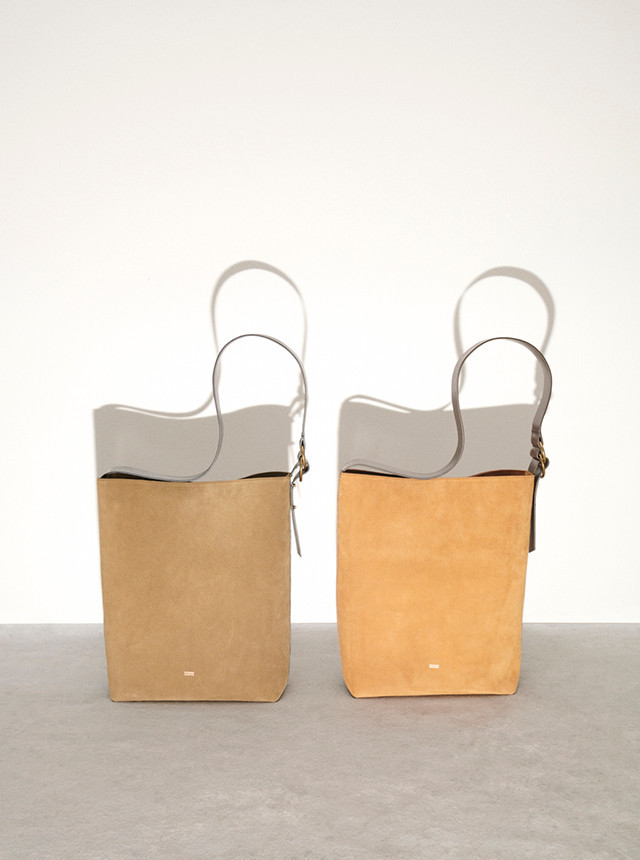
All about leather
How to take care for your bag
How to take care for your shoes
Care products
Text by Mirjana Bernstorf
Wearing a lambskin coat always feels a bit like being hugged by a sophisticated, loving aunt. Warm, soft, protective and a little extravagant. Wrapping yourself in the high-quality natural material enhances any winter look. When well taken care of and in sus-tainable quality, even the next generation can benefit from the precious heirloom.


All about lambskin
Hardly any natural material protects you as well from the cold as lambskin does. Even when the temperature drops below zero, the dense wool offers a high level of thermal protection. When it gets warmer, the lambskin evens out the temperature. The delicate material immediately absorbs perspiration moisture, passing it on to the air seven times faster than synthetic fibres. This way, natural breathing of the skin is guaranteed.
Closed lambskin standards
Ecologically sound without any compromises! For jackets and coats, Closed only uses lambskin from European merino lambs as a by-product of the meat industry. The leather is tanned in an environmentally friendly way, without bleaching agents and with low water consumption. We work with one of the leading tanneries, the Spanish family company La Doma from Catalonia. (You can read the interview with creative director Elvira Fatjo on page 36.) The elaborate finishing takes place at the Turkish production site Otto in Istanbul. The company specialises in leather and skins and is well-known for its intricate double-face processing. For this, skins with the same wool characteristics and a similar colour shade need to be identified. A further challenge are the seams, as there are only limited possibilities to sew with reversible garments.
How to take care for your lambskin coat
Text by Mirjana Bernstorf, Illustration by Kissi Ussuki
Start by getting hold of a selection of needles, thread and a thimble. Mending clothes is back in trend. Check the hashtags #mindfulmending or #visiblemending on Instagram for loads of mending projects, because nothing is more sustainable than wearing your clothes for as long as possible rather than binning that high-quality cashmere jumper or your favourite jeans the first time a hole or a tear appears. The good news is that you don’t need to train as a tailor – all you need are just a few basics to be able to darn and stitch as invisibly as possible. We’ve compiled a short basic tutorial with all the tips and tricks you need to get started. Happy mending!



How to:
Repair a small hole in your favourite denims
To repair a hole in a pair of jeans you will need a needle, thread in the same shade as the denim and, optionally, a patch. The following method is for a small hole. If the hole is bigger we recommend using a sewing machine and choosing a robust patch to ensure that your jeans don’t rip apart again the next time you wear them.
How to:
Reattach a button
You need a double length of sturdy thread the same colour as the garment and a needle in the right size. The larger the needle number, the finer the needle. If you’re reattaching a button on thick fabric, you should use a thicker needle. Choose a button that is as similar to the missing button as possible. Most buttons have either two or four holes.
How to:
Darn your socks
You need darning wool in the same colour and a similar thickness as the original sock yarn. The thicker the sock, the thicker the darning wool should be. Ideally, use a darning needle. This is a thicker needle with a rounded point which does not get caught in the individual strands of the yarn and slides through better. A darning egg or a wooden darning mushroom are old school, but very effective. Slide this useful implement into the sock to prevent the hole from bunching up while you darn it. Tip: a tennis ball does the job, too.
Past Stories
Copy

















